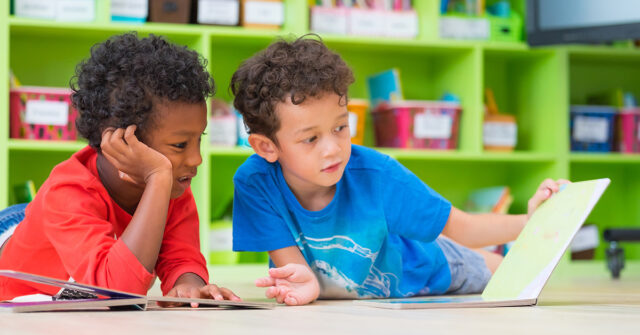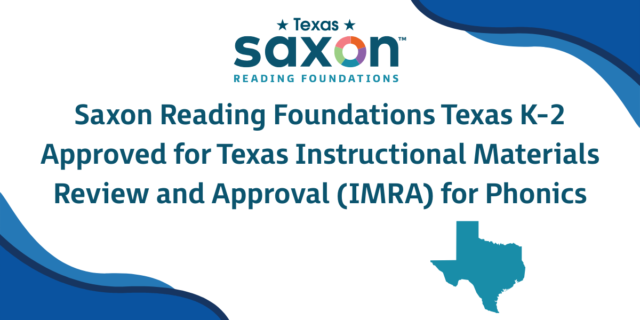
Include Queer Students by Skye Tooley
I remember at a young age feeling not quite a girl and not quite a boy. I wanted to wear baggy clothes and do “boy” things. I didn’t want to be a boy, but I certainly was not okay with the frills and makeup-wearing side of “girls.” In fourth grade, many of my peers started calling me a tomboy, a term we learned that year in a history text. I accepted it, loved it even. For once, I could define myself as something not quite a girl, and everyone would be okay with it.
I always felt not quite right. Different. An oddity. I suffered from depression, anxiety (still do). I struggled with societal pressures to be feminine and being okay with my body. As an adult, I began coming across stories of people who had similar experiences, like my good friend Ace Schwarz who identifies as nonbinary and Jacob Tobias who lives their life as gender free and queer. From pictures and captions on Instagram to picture books for my classroom, I began to see representations of who I always felt I was inside. I saw myself in folx describing themselves in the captions of social media, and I saw myself in books that showcased trans and nonbinary characters.
This set me on my personal journey to find the words to describe who I had always been. I connected with Ace, and I was able to ask them questions and learn more about their own experiences. In these conversations, I realized that I, too, identify as nonbinary and this is who I had always been. I looked up pronouns online and followed multiple queer social media handles. When I asked my partner to use they/them/their pronouns for me, it all clicked. I felt empowered to explore my own unique, nonbinary self by trying out new ways to express myself through discussions, pronouns, and physical appearance. It allowed me to completely be me. I now proudly identity as trans nonbinary.
Now, imagine what it would’ve been like if I grew up with an educator who read aloud LGBTQ+ books? Or if I had someone in my life who openly discussed their queerness? Imagine if I had gone to a school with an active Genders & Sexualities Alliance (GSA) club? Growing up, I had none of these things. I was unaware that my experience was similar to others or that there was even a term to describe my identity.
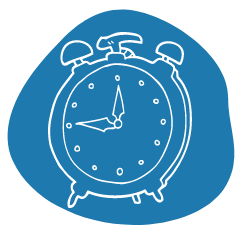 Take a minute.
Take a minute.
Think of a time when you felt hidden. When you felt unseen. When you read a story, watched a movie or TV show and did not connect because who you are was missing, not represented.
Representation—in every aspect of our lives—matters. For LGBTQ+ youth and adults, this representation can mean we find words to describe our queer selves, words we didn’t have previously. It can also mean we find acceptance and belonging in a world that does not fully accept us. Queer youth today face alarming rates of depression, safety of their well-being, bullying, physical harm, and suicide.
According to the Williams Institute, LGBTQ+ people make up 4.5 percent of the United States population. In our middle and high schools, about 10 percent of youth identify as queer. It is important to note, though, that many LGBTQ+ individuals may not be out or feel safe coming out, so both these numbers are estimated to be higher. The Williams Institute also reported that 2 out of every 3 youth that have come out stated someone tried to convince them to change their sexual orientation or gender identity.
LGBTQ+ students are 3.5 times more likely to attempt suicide than their heterosexual peers, according to the CDC. These are children. They are in our classrooms, our halls, our buildings; yet, we are not seeing them. We are not making space for them and their identities.
The Trevor Project’s National Survey on LGBTQ Youth Mental Health for 2020 found that approximately 1.8 million LGBTQ+ youth in the United States between the ages of 13 and 24 consider suicide every year. The Trevor Project also reported youth that had one supportive person or family member in their life were less likely to commit suicide or self-harm. Just one person.

The same survey revealed that 68 percent of LGBTQ+ youth experience symptoms of generalized anxiety disorder, and 1 in 3 queer youth said they had been physically threatened or harmed. Of those surveyed, 48 percent of queer youth reported engaging in self-harm while 29 percent have experienced homelessness, either because they were kicked out or they ran away.
According to the Trevor Project, 61 percent of transgender and nonbinary youth were prevented or discouraged from using the bathroom of their choice “with school being the most frequent place where bathroom discrimination occurs.” We cannot say our classrooms are safe spaces when those same students who walk into your room will be misgendered and questioned when they use the bathroom of their choice. We cannot sit still and say that our classrooms are a safe space when we choose not to read a single LGBTQ+ story or hang a Pride flag.
So where can we start? How can we create the safe space our queer students need? Here are a few simple things you can do to begin to create LGBTQ+ inclusive classrooms.
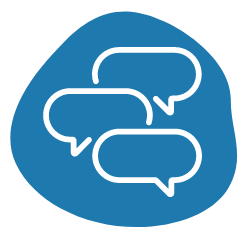
Shift Your Language
We tend to use language that is gendered and often in a binary way. We refer to each other as he or she. Shift your language to be more inclusive. This is a practice you can examine and change starting tomorrow. The image above, by Sylvia Duckworth, shows words and phrases we can use instead of “guys and girls” or “boys and girls.” Here is a list of some I enjoy using:
- y’all
- everyone
- students
- learners
- readers
- mathematicians
- scholars
- scientists
- (name of school mascot)
The phrases I use vary from year to year based on the students. This year, I lean heavily on y’all and learners!
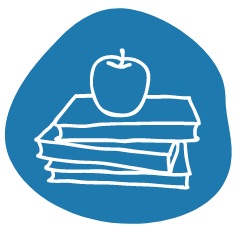
Queer Your Library
You may not get to read all the books in your classroom or school library, but having LGBTQ+ representation visible and present is a wonderful next step. It allows learners to see themselves reflected in literature and understand people around them.
One book I enjoy reading when introducing gender identity to students is It Feels Good to Be Yourself by Theresa Thorn. Not only does this book offer gorgeous illustrations, it breaks down a few gender identity terms including nonbinary. When I read the section about the term nonbinary, my learners smile knowingly because my identity is included. Not only do students see me reflected in the book, they gain a better understanding of gender identity as a whole. After reading aloud the book, we chart some of our understandings and leave space for questions.
Since new books are coming out all the time, I highly recommend you check out these two resources for suggestions:
Teaching Outside the Binary Book List
LGBTQIA+ Book List
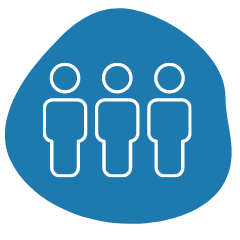
Think About How You Group Your Students
Take a moment and think about how you ask your students to walk in line or how you group your students. Do you gender them and assume they are all boys and girls? How do you seat them? Do you alternate boys and girls? Think about your current practice and what changes you might make. How you can create an inclusive space where no student feels outed or forced to “choose” a gender. Have fun with it and consider grouping students in other ways:
- likes and dislikes
- birthdays
- height
- random order
- favorite color
I enjoy grouping students by their current book clubs or through a process of random matching. Give each student a sticky note or piece of paper and offer three choices (like colors: purple, pink, red). After students write down one color, they have one minute to find their matches. If a group is too large, you can split it in two. Random matching gives students a chance to work with new people.
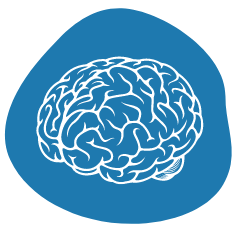
Start Learning
The more you understand and break down your own misconceptions, the more you will be able to create inclusive lessons and a space for ALL your learners to flourish. Consider the books and resources below as well as following these amazing folx.
- Queer: A Graphic History by Meg-John Barker (book)
- Gender: A Graphic Guide by Meg-John Barker (book)
- Beyond the Gender Binary by Alok Vaid-Menon (book)
- A Quick & Easy Guide to They/Them Pronouns by Archie Bongiovanni and Tristan Jimerson (book)
- Teaching Outside the Binary (website and social media)
- Gender Inclusive Classrooms (website and social media)
- Teaching with Mx. T (social media)

Skye Tooley (they/them) is a trans/nonbinary, anti-bias and social justice educator in Los Angeles, California. For the last seven years, Skye has worked to recreate elementary curriculum with a social justice focus and have worked to actively engage their learners in lessons around identity, diversity, equity, action, and justice. Over the past two years, they have been involved in union work in their Los Angeles community including the 2018 Los Angeles teacher strike. They have given presentations on LGBTQ+ focused topics to educators across the United States including NCTE 2019. They are a participating partner with the Flux Institute, and they have published articles to We Are Teachers and Teaching Tolerance on activism and pronouns. Skye is currently teaching 5th grade and working closely with their friend Ace Schwarz to create inclusive content on their Patreon: Growing Outside the Binary. They live with their partner and their adorable dog Terrance in Los Angeles.
Trevor Project. 2020. “National Survey on LGBT Youth Mental Health 2020.”
https://www.thetrevorproject.org/survey-2020/?section=Finding-Support.
Williams Institute, UCLA School of Law. “LGBT Data & Demographics.”
https://williamsinstitute.law.ucla.edu/visualization/lgbt-stats/?topic=LGBT&area=4#density.
Williams Institute, UCLA School of Law. 2017. LGBTQ Youth in California’s Public Schools: Differences Across the State. https://williamsinstitute.law.ucla.edu/publications/lgbtq-youth-ca-public-schools/.
